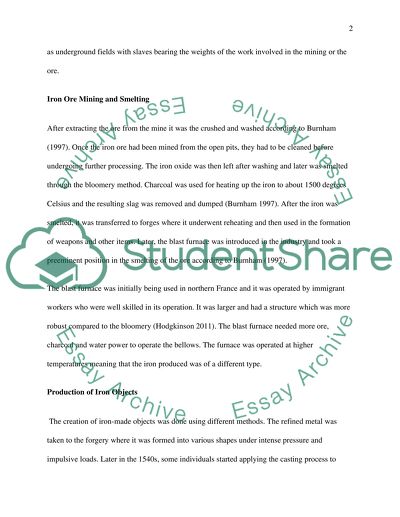Cite this document
(“British Isles Iron Production during the Roman Occupation Essay”, n.d.)
Retrieved from https://studentshare.org/history/1412873-british-isles-iron-production-during-the-roman-occupation
Retrieved from https://studentshare.org/history/1412873-british-isles-iron-production-during-the-roman-occupation
(British Isles Iron Production During the Roman Occupation Essay)
https://studentshare.org/history/1412873-british-isles-iron-production-during-the-roman-occupation.
https://studentshare.org/history/1412873-british-isles-iron-production-during-the-roman-occupation.
“British Isles Iron Production During the Roman Occupation Essay”, n.d. https://studentshare.org/history/1412873-british-isles-iron-production-during-the-roman-occupation.


